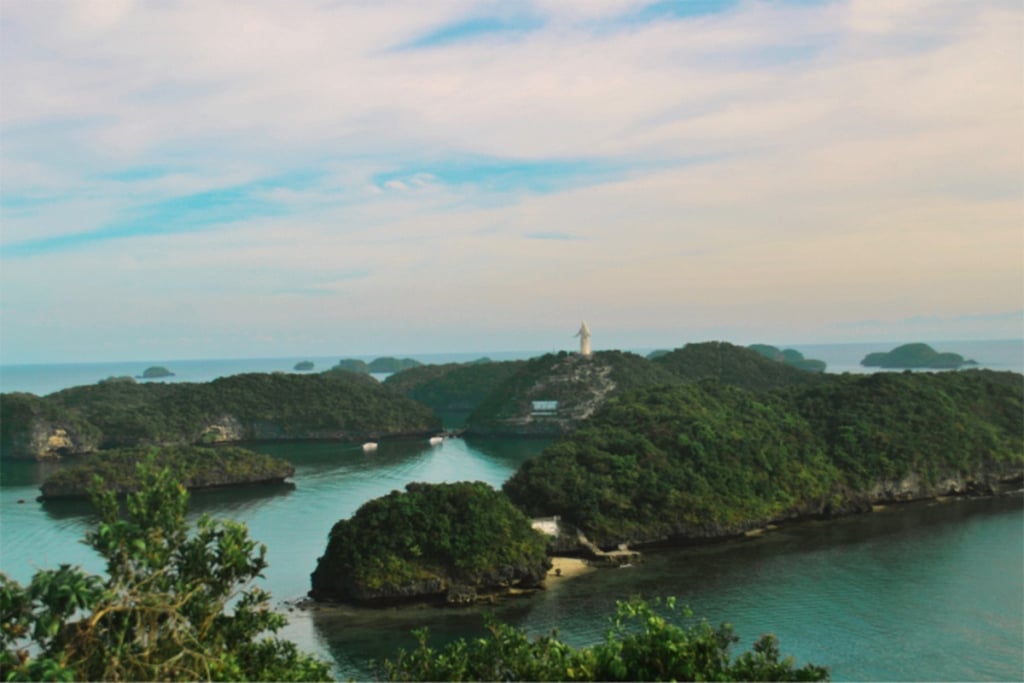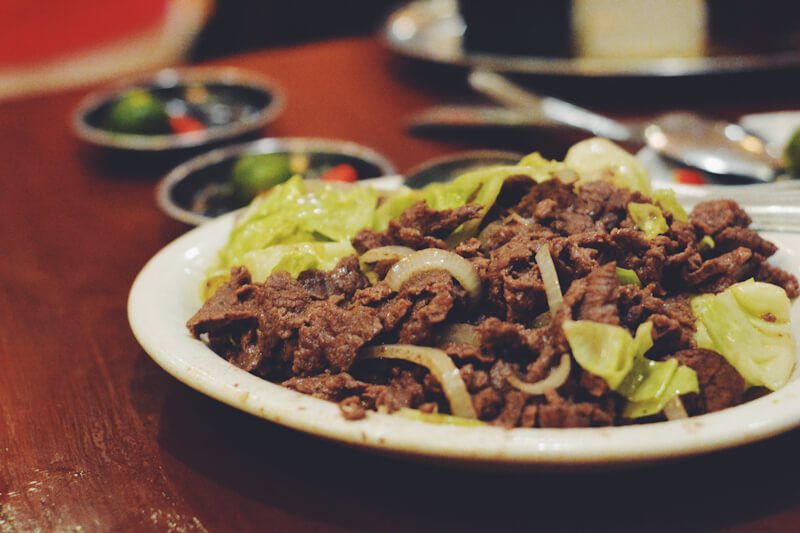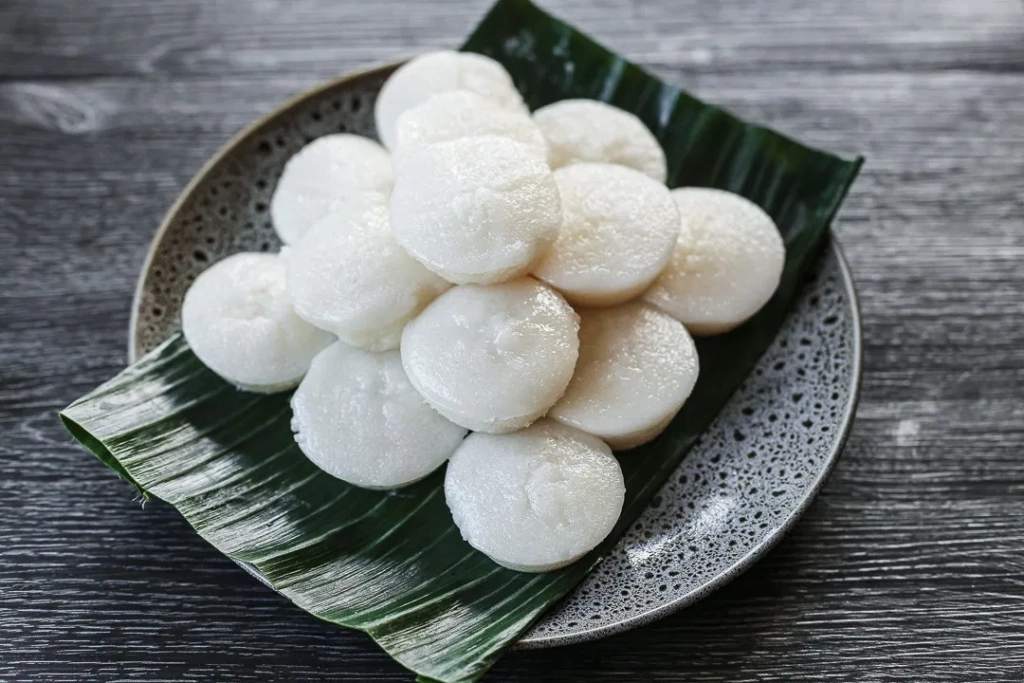
Planning to visit the Province of Pangasinan? The great province in North Luzon never fails to excite, with its expansive beaches, cascading waterfalls, and historical sites, all in its pride and glory. Only a few hours from Metro Manila, it is usually the go-to place of denizens for a day trip or weekend getaways.
However, aside from their natural and cultural wonders, Pangasinense dishes boast a distinctive profile that sets them apart from other regional cuisines. The ingenious use of local ingredients like the fermented fish sauce or bagoong isda, bold spices, and innovative cooking techniques create a symphony of flavors that will tantalize palates.
From succulent bangus to flavorful vegetables, Pangasinense food captures the essence of farm-to-table dining in its purest form. Whether a local or a traveler seeking a taste of authentic Filipino cuisine, Pangasinan welcomes with open arms, inviting to embark on a gastronomic journey through its delectable offerings.
Bangus
Bangus, also known as milkfish, is a proud delicacy of Pangasinan. Known as the “Bangus Capital of the Philippines,” the province holds a festival every year during April to celebrate the wonders of the marine bounty.
Several dishes, such as prinitong (deep-fried) boneless bangus, can be quickly cooked. Many wet markets in Pangasinan, especially in the capital city Dagupan, sell reasonably priced non-marinated or marinated boneless milkfish. Once fried, it is usually paired with a hot serving of rice and a dipping sauce made of soy sauce, vinegar, chopped onions, garlic, and chili peppers.
In Pangasinan, you can also dig into some paksiw na boneless bangus, a dish cooked and simmered in vinegar; sinigang (sour soup) na bangus in lieu of the meaty pork; adobong boneless bangus, which gives an exciting twist to the adobo that Filipinos love; and bangus bistek, a Filipino variant and their own version of beef steak, marinated with onions, garlic, soy sauce, pepper, and a mix of lemon, lime, or calamansi juices. Some places even sell bangus teriyaki, bangus sisig, bangus steak, bangus sinigang (tamarind stew), and so much more! It stands as a main character in many mouthwatering Pangasinense dishes.
Pigar-pigar

Pigar-pigar is a sizzling stir-fry dish that originated in Dagupan City. Made from thinly sliced beef or carabeef (carabao meat) and liver, mixed with onions and bell peppers, and seasoned with soy sauce and calamansi, pigar-pigar is a flavorful and satisfying street food that has become a beloved local favorite. Pigar-pigar is also an Ilocano dish and is a major recommendation from locals, and one can find it in restaurants and stores all over the province.
Lechon Bagoong
Filipinos love lechon and bagoong (shrimp paste) separately — not just in Pangasinan and the Ilocos region but the entire country as well. Pangasinan added a twist to both by combining them in one mouthwatering dish!
Lechon bagoong from Pangasinan is a savory, tangy flavoring that elevates Filipino dishes. It is only a recent creation from the province, featured in a 2019 segment of Unang Hirit, a popular Filipino morning television program.
It is worth noting that bagoong is ubiquitous in many Pangasinense recipes, adding a distinctive and robust taste to dishes like kare-kare (peanut stew) and binagoongan (stir-fried pork with shrimp paste).
However, unlike traditional bagoong, Pangasinan’s version involves fermenting tiny shrimp, enhancing umami in a dish. The shrimp are meticulously seasoned and sun-dried, contributing to the delicacy’s rich flavor profile. Fresh coconut milk is poured slowly over low fire. Imagine animal fat and coconut fat mixing in one heavenly taste. With its complex and aromatic notes, Pangasinan bagoong elevates the experience for those who savor its unique taste.
When visiting Pangasinan, pair this with rice for the ultimate experience! Lechon bagoong is found in many restaurants around the province.
Kaleskes
Kaleskes is a flavorful dish featuring beef tripe and tendons meticulously simmered until tender in a savory broth infused with garlic, onions, and aromatic spices. It can sometimes use goat or pig innards as the main ingredient, and the fat gathered from the meat is added to enhance its flavor.
This culinary masterpiece showcases Pangasinan’s expertise in bold flavors and unique traditions, offering a filling and satisfying experience. The dish, often served as a soup or stew, reflects the province’s resourcefulness, transforming overlooked ingredients into something that captivates the palate and celebrates the rich heritage of Pangasinense cuisine.
Mangaldan Tapa
Originating from Mangaldan, this specialty involves thinly sliced beef cured in a rich blend of soy sauce, vinegar, garlic, and various spices. The meat is then sun- or air-dried, intensifying its savory taste.
When cooked, Mangaldan tapa reveals a perfect balance of sweet and salty flavors, representing provincial expertise in preserving and enhancing the natural goodness of beef.
Pakbet
Pakbet, short for pinakbet, is a classic Filipino vegetable dish that originated in Pangasinan.
The mixed vegetables dish features a medley of locally grown vegetables such as eggplant, ampalaya (bitter gourd), string beans, and squash, sautéed with shrimp paste. The combination of flavors and textures makes pakbet a hearty and wholesome delicacy that reflects the agricultural abundance of Pangasinan.
Alaminos Longganisa
Pangasinan’s version of longganisa (Filipino sausage) is a garlicky delight that has become a breakfast staple. Alaminos longganisa is known for its distinct taste, combining the richness of pork with a symphony of garlic, salt, and spices.
While it is traditionally served at breakfast, it can also be consumed for lunch and dinner. It is often enjoyed with garlic rice and fried eggs, but add a side of tomatoes for a hearty and satisfying meal.
Dinengdeng
Dinengdeng is a traditional Pangasinense stew that exemplifies the province’s commitment to fresh and locally sourced ingredients.
It typically includes a variety of vegetables like string beans, okra, eggplant, and squash, cooked in a broth made from fish or shrimp. Despite being relatively simple, dinengdeng is a wholesome and flavorful dish one would love.
Puto Calasiao

Named after the town it originally came from, Puto Calasiao is a rice cake known for its light and fluffy texture.
One interesting fact about Puto Calasiao is that the sweetness of this delicacy comes from rice extract. Its tiny, bite-sized portions are a delightful snack or dessert served with cheese or dipped in tablea (native chocolate drink), making people consume at least five or more in one sitting.
Tupig (Grilled Rice Cake Rolls)
While Korea has tteokbokki and Japan has mochi, our Pangasinense cuisine joins the game with tupig, its version of rice cake that vies well with its international counterparts.
Tupig is a delicacy that epitomizes the artistry of Pangasinan’s culinary landscape. Made from glutinous rice mixed with coconut milk, sugar, grated niyog (young coconut), and topped with coconut meat strips, the mixture is wrapped in banana leaves and grilled over hot coals. The result? A delectable roll with a slightly crispy exterior and a sweet, chewy interior.
More than these delicacies, you Pangasinan trip will not be complete without trying Pangasinan mangoes. While you’re at it, bring some home as pasalubong.
Pangasinense Dishes and Delicacies You Should Try
Food is an integral part of any culture, and by trying Pangasinense dishes, one immerses themselves in the heart of the provincial traditions. It is a sensory exploration that connects to the history, agriculture, and the warmth of its people. From the iconic bangus sisig to the sweet delights of tupig, each dish tells a story of Pangasinan’s rich cultural heritage and agricultural abundance.
One question remains: Ready for Pangasinan’s delectable gastronomic adventures?

Celebrate Life’s Milestones in Camella!
Make unforgettable memories in a Camella home.
Our communities are designed to elevate your living experience.


